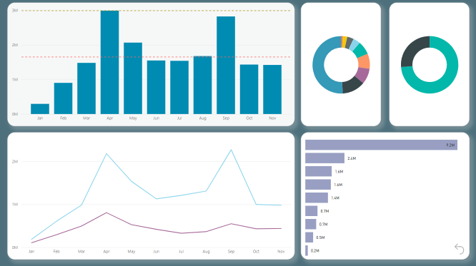Chapter 19: Represent data
19.1 Introduction

When running an experiment or conducting a survey, we can end up with many hundreds, thousands or even millions of values in the resulting data set. After collecting data, we need to organise and summarise it, as we explored in the previous chapter. Too much data can be overwhelming, so the next step in the statistical process is to represent the data in a way that is easy to understand.
In this chapter, you will investigate different graphical ways in which data sets can be represented, to make them easier to interpret. You will also learn more about bar graphs, double bar graphs, histograms, pie charts and broken-line graphs.
